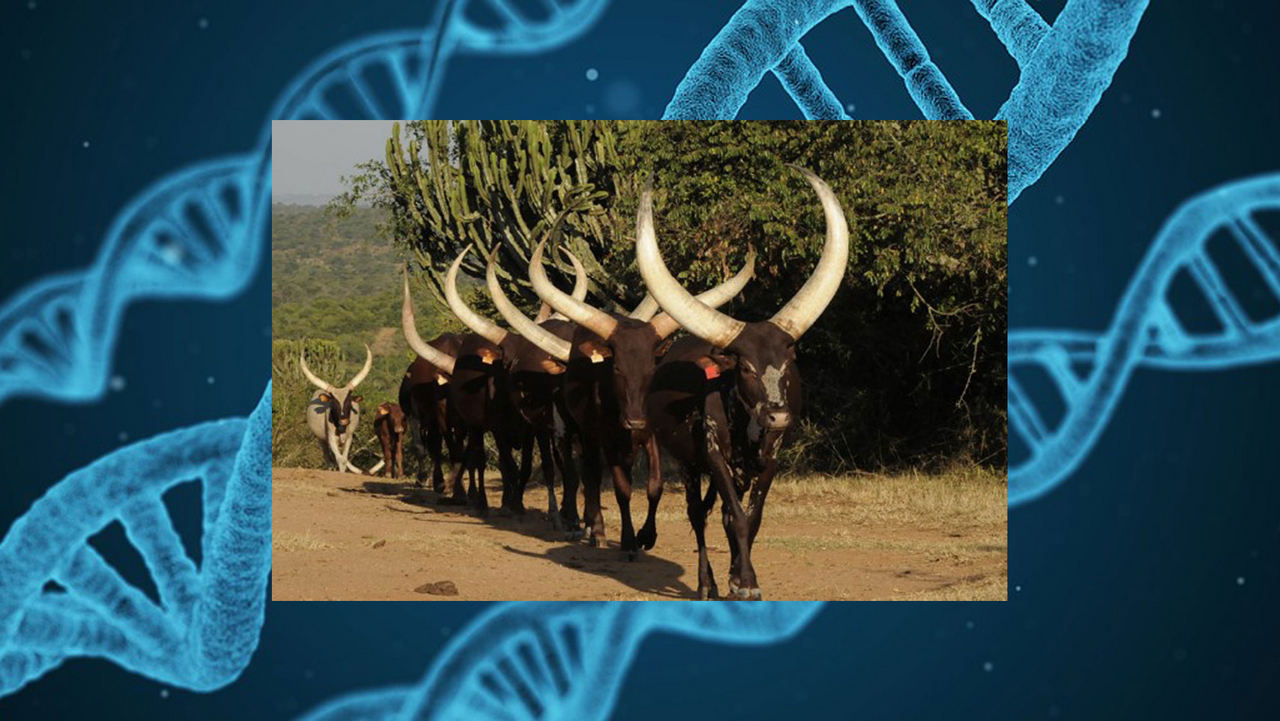La FAO ha recentemente pubblicato nuove Linee guida sulla “Caratterizzazione genomica delle risorse genetiche animali”.
«La collega Licia Colli ed io, insieme a J.A Lenstra dell’Università di Utrecht (NL), J. Kantanen del Natural Resources Institute (FI), Catarina Ginja dell’Università di Porto (PT), P. Boettcher e G. Leroy della FAO, abbiamo definito la struttura del volume e coordinato un team di scienziati internazionali per la sua stesura, in piena collaborazione con CREI e il Dipartimento di Scienze animali, della nutrizione e degli alimenti (DiANA) dell’Università Cattolica del Sacro Cuore" – ci informa il professor Paolo Ajmone Marsan, Ordinario di Miglioramento genetico animale e direttore del Crei – "queste linee guida spiegano come utilizzare le nuove tecnologie per estrarre ed analizzare l'informazione contenuta nel DNA degli animali allevati per attuare programmi di conservazione e miglioramento genetico delle specie di interesse zootecnico".
Scopo fondamentale di questo lavoro è spiegare come caratterizzare, conservare a valorizzare la biodiversità delle specie zootecniche. Molte razze sono oggi in via di estinzione in molte aree della Terra. Perdere questo DNA – spiegano dal Crei – sarebbe esiziale per le comunità rurali nei paesi a basso e medio reddito, ma sarebbe gravissimo anche per i sistemi zootecnici dei paesi avanzati, sottoposti sempre più a problemi del cambiamento climatico.
Da questo punto di vista, i geni dell’adattamento ai climi estremi posseduti dai patrimoni genetici di molte razze in via di estinzione saranno quanto mai preziosi per il futuro delle nostre stalle.
Qui sotto trovate il link al video di presentazione del volume, i pdf delle diapositive mostrate nel corso della presentazione e il link per scaricare le guidelines.
